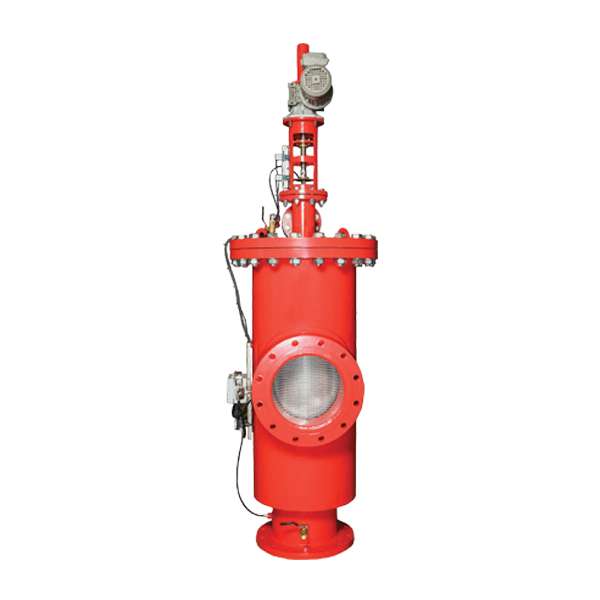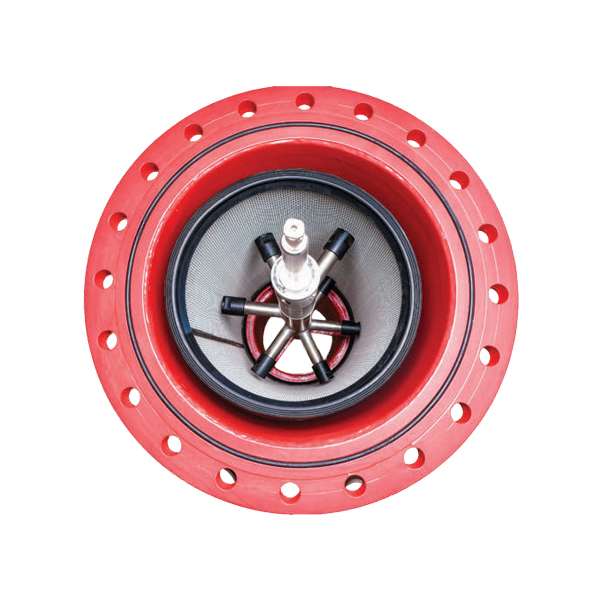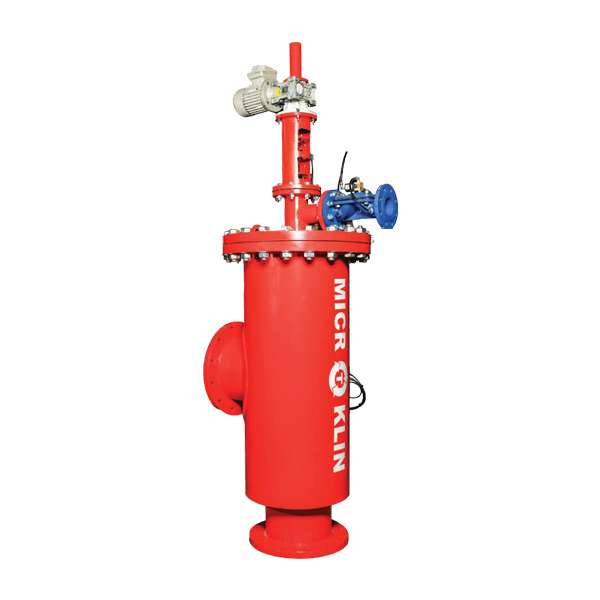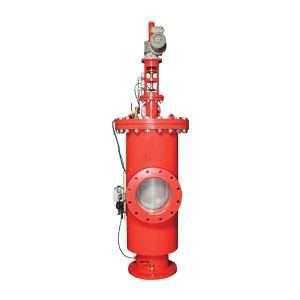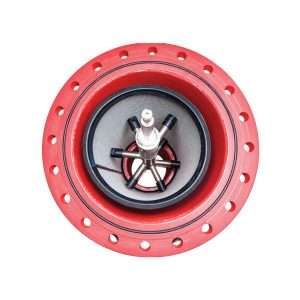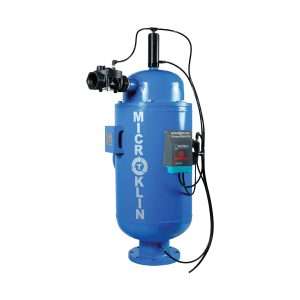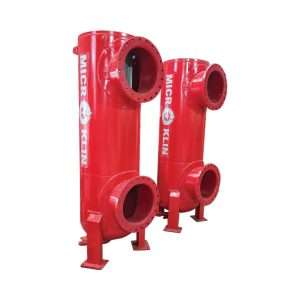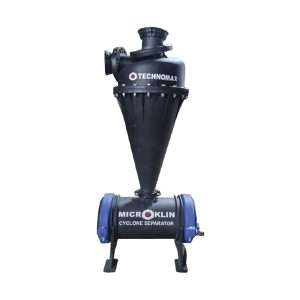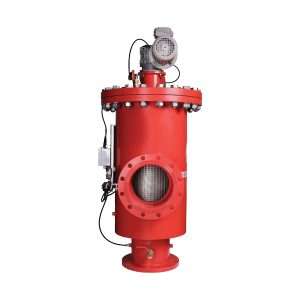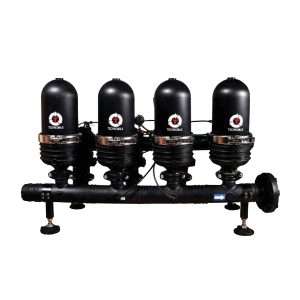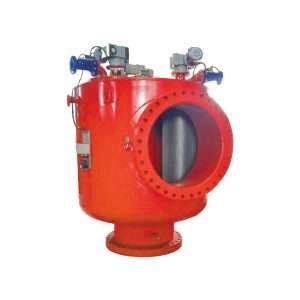The Microklin Cyclonic Separator stands out as an advanced filtration solution, incorporating cyclonic separation technology for optimal performance. Its compact design allows easy integration into various industrial systems, ensuring versatility across applications like manufacturing and water treatment. The cyclonic motion efficiently separates solid particles from fluids, achieving high separation efficiency critical for maintaining fluid cleanliness. With a focus on low maintenance, the robust construction minimizes moving parts, ensuring durability and reliability in challenging operational environments. The separator’s particle collection chamber simplifies the disposal or retrieval of separated solids, contributing to overall system cleanliness and efficiency. Easy installation and energy-efficient operation further enhance its appeal, making the Microklin Cyclonic Separator a cost-effective and sustainable choice for industries seeking advanced and reliable filtration solutions.


